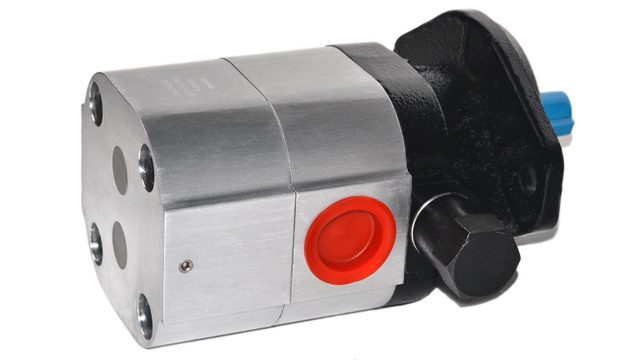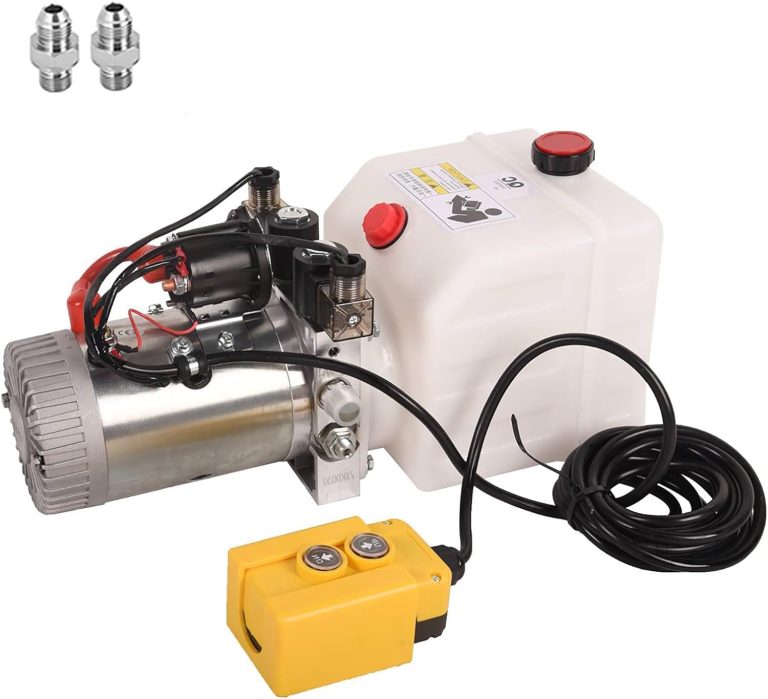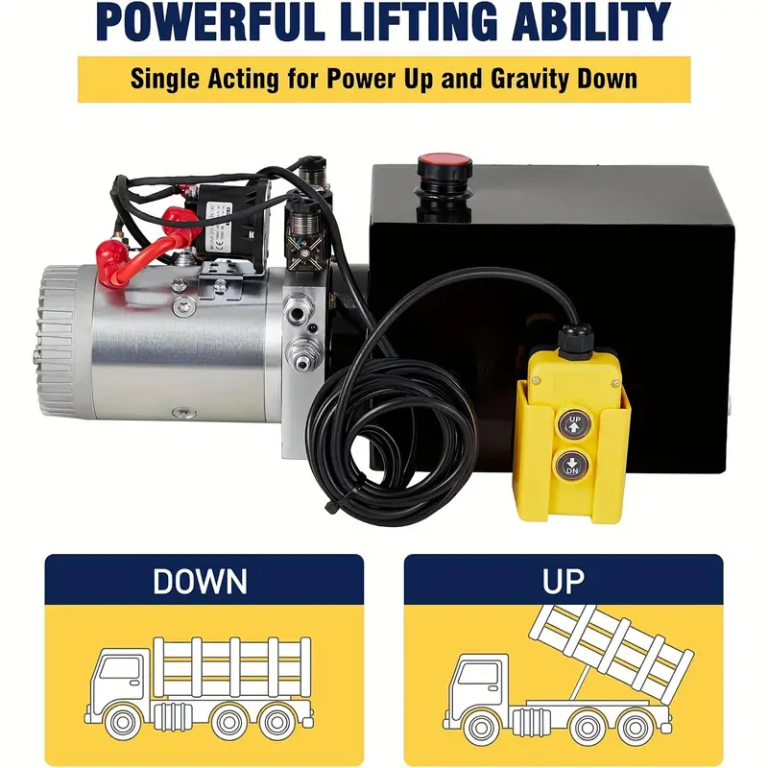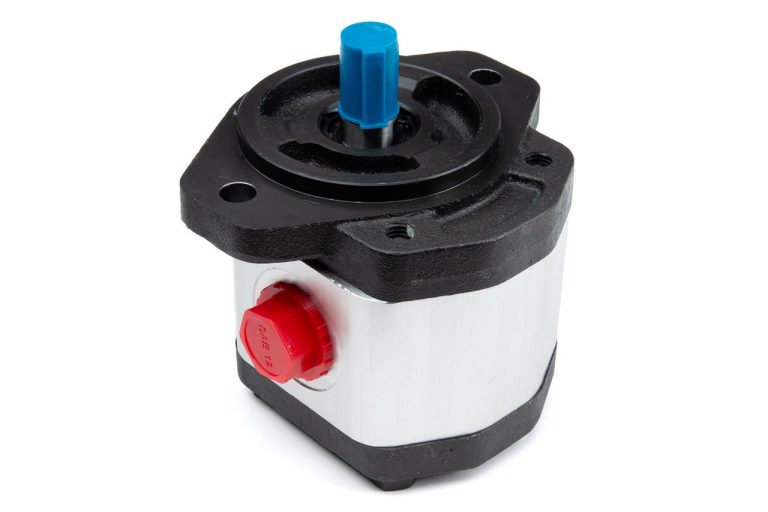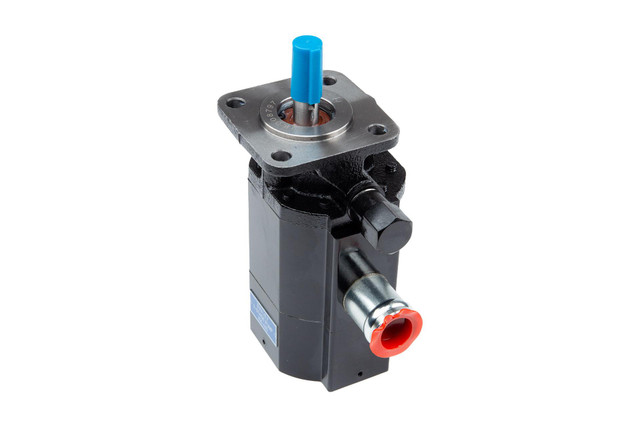How Is Pressure Created In A Hydraulic System?
How Is Pressure Created In A Hydraulic System?
As opposed to mechanical or electrical drive systems, hydraulic systems rely on fluid to transfer energy. Fluid offers some tangible benefits as a medium through which to transfer power when compared to many mechanical components. These benefits are what make hydraulic systems so widespread in heavy industrial plant machinery. Because hydraulic systems rely on fluid to transfer energy, they are not limited by the same directional constraints as mechanical systems. Fluid lines can be bent and shaped in any number of directions.
Hydraulic systems convert kinetic energy into hydraulic pressure and then convert it back into kinetic energy again to move vital components. At the beginning of this system, transferring the kinetic energy into fluid pressure, are the hydraulic pumps. As the components which convert the kinetic energy, usually supplied by an electric motor, into hydraulic pressure, hydraulic pumps and vital for continued operation of the entire hydraulic system.
Knowing exactly how they work can help many workers who regularly operate hydraulic plant machinery better understand the tools of their trade. Understanding these components also tends to give a better understanding of the need for regular hydraulic maintenance, as without it, key components like hydraulic pumps are much more likely to fail.
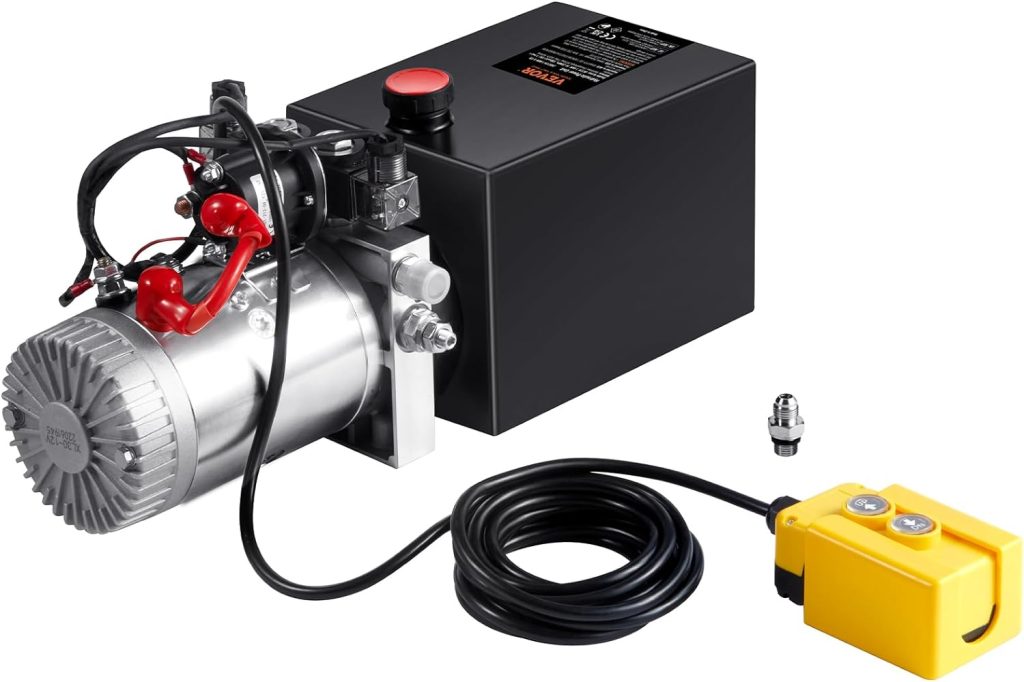
How does a hydraulic pump operate?
When a hydraulic pump is in operation it performs two main functions. Firstly, its mechanical action makes a vacuum at the pump inlet that allows atmospheric pressure to force liquid from the reservoir into the inlet line to the pump. Then its mechanical action transports this liquid to the pump outlet and forces it into the hydraulic system.
A pump produces liquid movement or flow in a hydraulic system, its function does not include generating pressure that falls to other elements within the system. The hydraulic pump produces the amount of flow needed for the production of pressure, which is a function of resistance to fluid flow in the system. For example, the pressure of the fluid at the pump outlet is zero for a pump that is not connected to a system. Also, for a pump delivering into a system, the pressure will only rise to the level needed to overcome the resistance of the load.

How does auto lift hydraulic pump operate?
An auto lift hydraulic pump operates by using an electric motor to drive a hydraulic pump. The pump pressurizes hydraulic fluid, which flows through hydraulic lines to lift cylinders. As the fluid enters the cylinders, it pushes pistons upward, raising the lift arms and vehicle. Releasing fluid lowers the vehicle. Valves control fluid direction and pressure, ensuring safe and precise lifting.
